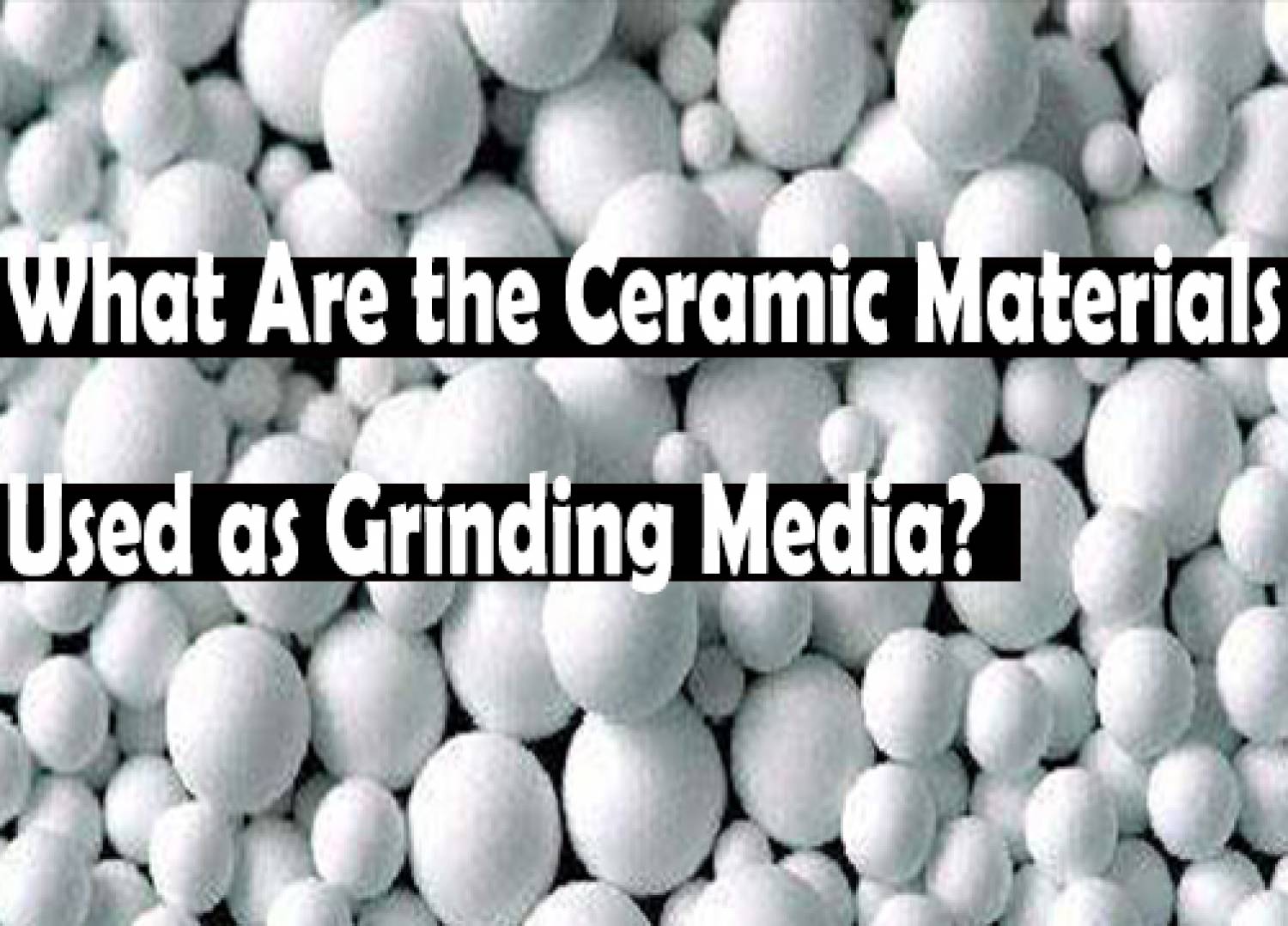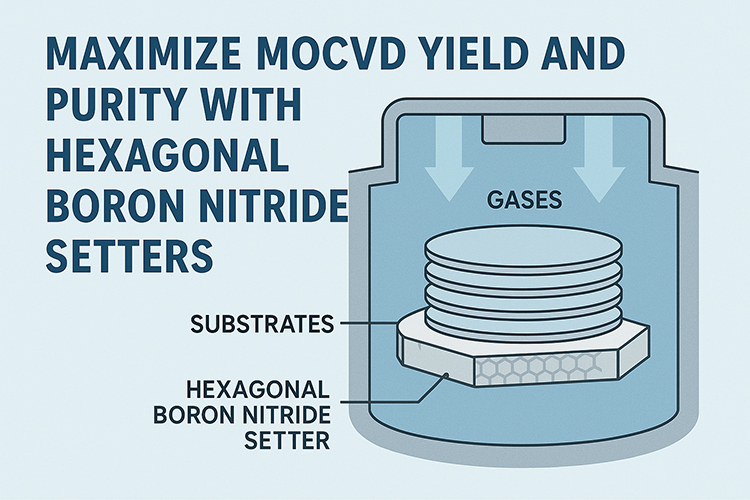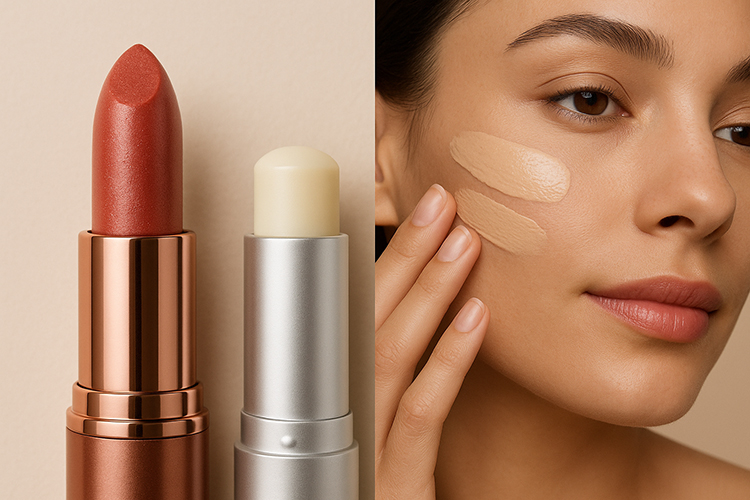What Are the Ceramic Materials Used as Grinding Media?

Grinding media play an important role in some manufacturing processes. The grinding process usually takes place in the mill, but the material being ground always determines the grinding media to be used. Ceramic grinding media can be of different materials and for different applications. Typically, they're made of materials like Yttria, Alumina, and etc. When looking for the right grinding media for your industrial manufacturing processes, there are some tips you should know to guide you to make the best selections and limit costs as much as possible. But before we dive deeper into these ceramic grinding materials, let's throw some more light on what grinding media is.
What Is the Grinding Media?
As the name implies, grinding media are objects used to crush or grind materials in a mill. Grinding media help in refining materials and reducing particle size. They are available in different shapes, sizes, and materials (to meet a wide range of grinding and milling needs), such as silicon carbide grinding balls, ceramic cylinders, or soda-lime glass.

There are different types of media for different industrial applications. For instance, while some are useful for grinding, others are used for deagglomeration, deburring, filtering, polishing, and refractory beds. The materials used for grinding media can be any steel grinding media, cast iron grinding media, or ceramic grinding media. Ceramic grinding media are a type of grinding media that is made up of ceramics. They are mostly utilized in small-sized mills. Several other types of grinding are specifically formulated to ensure reliable, consistent performance for your bulk material preparation.
What Are the Common Shapes of Grinding Media?
Grinding media can be classified according to their geometric shapes as follows:
- Steel balls of different diameters
- Short cylinders
- Steel bars (round billet)
- Truncated cones (cylpebs, ellipsoids)
Most people choose grinding media ball and cylinders because of their different diameters and sizes. Grinding balls, for instance, can be used in a wide variety of applications, depending on their diameter and size.
Applications of Grinding Media
Grinding media in general, are used to crush or grind materials during industrial processes in mills. Ceramic grinding media are used for particle size reduction by facilitating interactions between the media and the material within a closed space. The applications of grinding media can be better understood by looking at some examples of the commonly used grinding media. Here are some of the materials used as grinding media and their respective applications:
1. Alumina
Alumina media is one of the most commonly used grinding media today. It is available as satellites, rod/cylinders, and beads. In general, alumina media are used in high-profile industrial milling processes. For example, alumina balls are particularly resistant to wear, have lesser contamination cases, and have higher impact strength, which saves you running costs. Alumina beads, on the other hand, are specially formulated for high-energy mills, where a high degree of fineness is required.
2. Silicon Carbide
Silicon carbide media are relatively expensive, but so are their applications in industrial milling. Silicon Carbide Balls are used for milling silicon carbide materials. This helps in preventing contamination or at least bringing it down to a minimal level. They are available in various sizes, such as 5mm,10mm, and 15mm.
3. Yttria Stabilized Zirconia (YSZ)
Yttria stabilized zirconia grinding balls are grinding media with large density, high mechanical strength, high chemical stability, low thermal expansion factor, and high abrasion resistance. Yttria stabilized zirconia is, in essence, the most durable and reliable media for ball milling and attrition milling of ceramic material. In addition to this, it is known for no contamination, low noise, high grinding efficiency, and prolonging the life of the materials.
4. Tungsten Carbide
Tungsten carbide media has the highest specific gravity. It is the hardest and densest known grinding media. It comes in both satellite and ball shapes. Tungsten carbide media is also available in varying sizes/diameters. Like silicon carbide, they are relatively expensive and are a special order item, meaning that they are not as common as many other grinding media.
5. Stainless Steel
Stainless steel grinding media are most commonly available in the form of stainless steel balls. They are one of the hardest grinding media available. The balls are through-hardened and tempered all through for maximum strength and better quality. They possess magnetic properties and are rust-resistant. You’ll find them applied in food processing and lighter-colored slurries.
6. Glass Media
Glass beads are generally less expensive when compared to other grinding media. They are mostly used for milling applications with 85% roundness. All Glass Beads are lead-free and very affordable.
7. Through-Hardened Carbon
Through-hardened carbon steel balls are metallic grinding media, similar to stainless steel media. The thorough-hardened carbon steel balls are magnetic and are useful to the food industry. They are relatively cheaper and superior to other media.
Conclusion
Thank you for reading our article and we hope it can help you to have a better understanding of different types of grinding media. There are many more grinding media that you can select from for a variety of industrial grinding and milling processes. Keep in mind that the material you want to grind almost always determines the choice of grinding media used. For more information about ceramic materials, please visit https://www.preciseceramic.com/.
{{item.content}}
LEVE A REPLY
{{item.children[0].content}}
{{item.content}}
LEAVE A REPLY
SUBSCRIBE OUR NEWSLETTER
- Boron Nitride in Cosmetics: Enhancing Performance and Sensory Appeal
- Maximize MOCVD Yield and Purity with Hexagonal Boron Nitride Setters
- What Are the Advantages and Uses of Boron Nitride Ceramic Sheet?
- The Compression Annealing Advantage for Pyrolytic Boron Nitride
- Beyond Insulation: The Surprising Spectrum of Ceramic Thermal Conductivity











